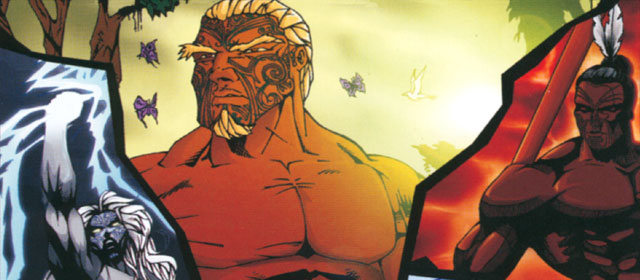Story summary
Understanding kaitiakitanga
Kaitiakitanga means guardianship and protection. It is a way of managing the environment, based on the Māori world view.
A kaitiaki is a guardian. This can be a person or group that cares for an area such as a lake or forest. They are given that role by the local iwi.
Māori world view
In the Māori world view, people are closely connected to the land and nature. Kaitiakitanga is based on this idea of humans as part of the natural world.
Traditional practices
In the past, people followed traditional practices when they were hunting, fishing, growing or finding food. These helped them to care for the environment.
They included:
- temporary bans (rāhui) on taking food from an area
- using the lunar calendar (maramataka) to decide when to plant and harvest
- taking only what was needed
- hunting and fishing only for food, not as sport
- using bird snares at the right time – for example, not when the birds were breeding.
Mana, tapu and mauri
Mana means spiritual power. If a forest has mana, it will have plenty of flowers, fruit and birds.
Tapu can mean spiritual restriction. Sometimes rāhui (restrictions) are needed to help the mana of the forest. A rāhui might stop people taking birds, fish or fruit from a certain area, or at a certain time.
Mauri means life force. This must be protected in forests, rivers, gardens, lakes and the sea. Special mauri stones, which tohunga (priests) said prayers over, were used to preserve this force.
Kaitiakitanga today
Today there is growing interest in kaitiakitanga. Iwi are restoring their environment and culture, and using traditional ideas in the modern world.
- Ngāi Tahu are guardians of pounamu (greenstone) in the South Island.
- Te Āti Awa ki Taranaki made a claim to the government to stop pollution in their fishing areas.
- Four iwi (Ngāti Kahungunu, Rangitāne, Muaūpoko and Ngāti Raukawa) have come together to stop the Manawatū River being polluted.
- The Te Rarawa people are working to save the kūkupa (New Zealand pigeon).
Kaitiakitanga has also been included in some laws, such as the Resource Management Act 1991.





